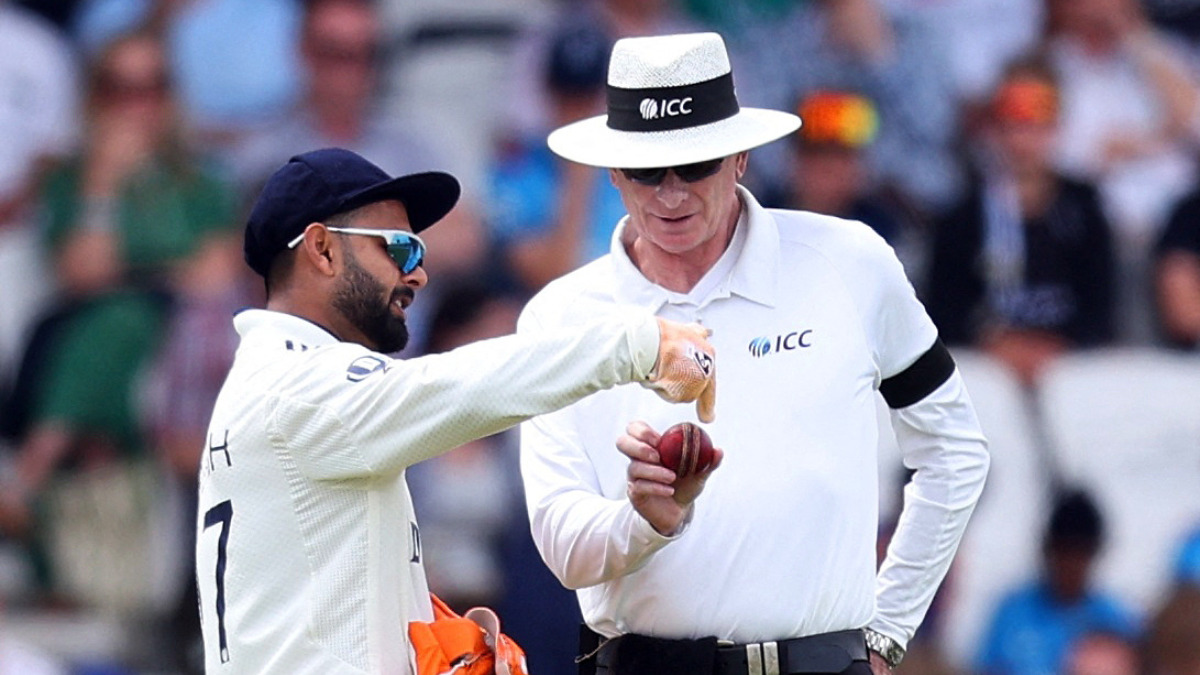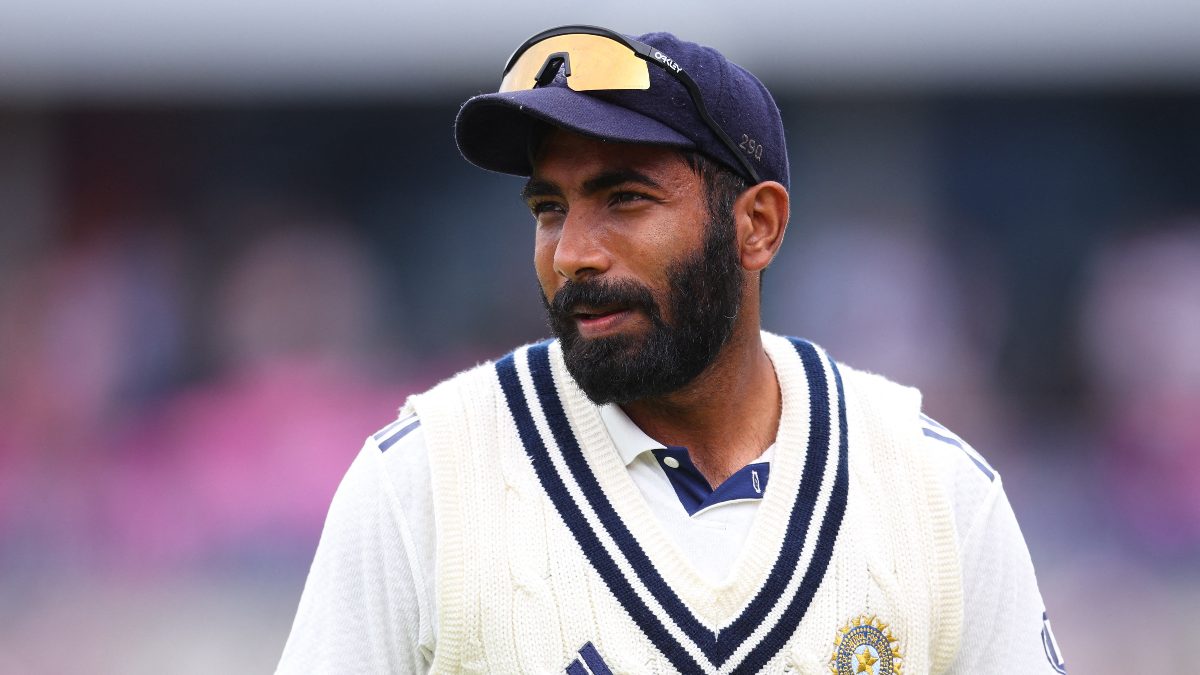It has been a high-octane Test series between India and England so far, with the two teams currently level at 1-1 heading into the third Test, which gets underway at Lord's on Thursday . There have been truckloads of runs scored so far, a vast majority of them coming off India captain Shubman Gill’s bat, as well as some exceptional bowling performances from the likes of Jasprit Bumrah, Akash Deep, Mohammed Siraj among others.
The ongoing series has also witnessed the spotlight shine brightly on the Dukes ball and how it has behaved so far, and the reviews from players from both teams has largely been negative so far in the ongoing series.
Why has the Dukes ball come under scanner in the ongoing series?
That the players aren’t happy with the ball losing shape has been evident from the outset of the series.
Players from both teams have approached the umpires to conduct the gauge test and try and get the ball changed. The Indians, however, have been conducting this little activity with a bit more intensity – which was evident when Pant threw the ball away in anger at Headingley after failing to convince the umpire that the ball had lost its shape, which later got him a demerit point from the ICC.
Both teams, however, agree that the ball has been turning soft and losing shape far too soon, which affects a bowler’s ability to extract movement and bounce from the wicket.
Impact Shorts
More ShortsTeams can persuade the umpires to get the ball changed before the second new ball is introduced. In such a scenario, the umpires will bring out a set of balls with similar wear and tear, only after the ball that is currently being used has failed to pass the gauge test.
What Pant and Stokes have said on the Dukes balls being used this series
England captain Stokes, for one, felt that the rings being used by the umpires weren’t even meant for Dukes balls.
“I don’t even think the rings that we use are Dukes rings, it isn’t ideal,” Stokes said ahead of the Lord’s Test.
“It seemed like a big issue last week at Edgbaston. Whenever we have touring teams visiting there is an issue with the balls going soft and completely out of shape. But you have to deal with it,” he added.
Pant echoed Stokes' comment on the gauge being used to check the balls.
“The gauge (to measure the balls) should be the same (whether its Dukes or Kookaburra. But it would be better if it was smaller (laughs). The balls are giving so much trouble. Definitely, I feel it’s a big problem. Because the ball is getting out of shape,” India vice-captain Pant said during the pre-match press conference.
“What I’ve seen, the ball is getting de-shaped too much. That has never happened like this to me. It’s definitely irritating for the players because every ball plays differently because when it becomes softer, sometimes it’s not doing too much. But as soon as it changes the ball, it’s starting to do enough.
“As a batsman, you’ve got a keep on adjusting to it. But at the same time, I feel it’s not good for cricket anyway,” he added.
What the manufacturer of Dukes balls has said
Dilip Jajodia, the owner of Dukes brand of cricket balls, continues to defend his product, insisting that the balls are of the “original British standard”, and that making the balls any harder risked breaking bats in the middle of a game.
“If I made a really hard ball, it would have broken bats. That’s the problem, we have to be careful … We’re making the balls to the original British standard. I’m a very stickler for the rules, I make sure that we do the best we can,” Jajodia said.
“I select the balls personally, I present them, and if you look at them, they are the most beautiful things on the planet. When you play with them, that’s out of my control. How many runs have been scored, who hit the ball, these are the variations,” he added.
Jajodia added that the changing nature of pitches as well as the style of batting the age of T20 cricket has resulted in the ball getting softer a lot more quickly.
“There are more white-ball matches now. The pitches have become harder. One must also realise that the batters hit the ball a lot harder in Test cricket these days. The batters bat aggressively and the scoring rate is high. The balls hit the hard surfaces at the boundary a lot more often. It will have an impact on the shape and hardness of the ball,” Jajodia told The Times of India.


)

)
)
)
)
)
)
)
)



